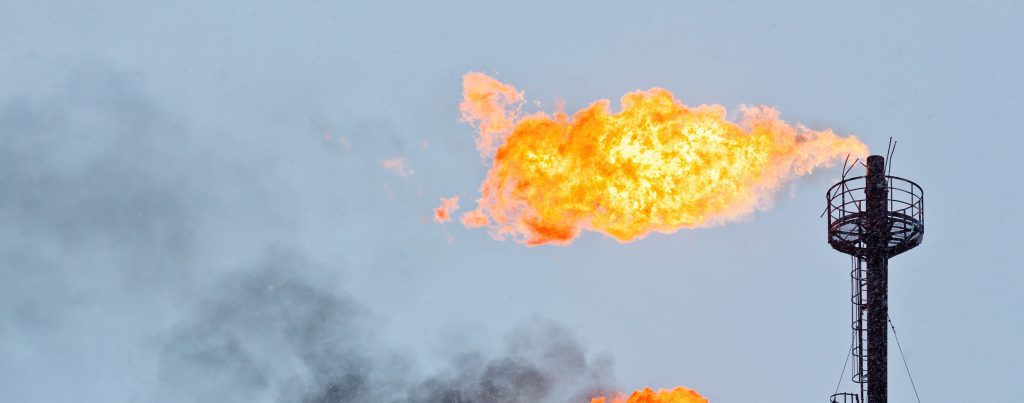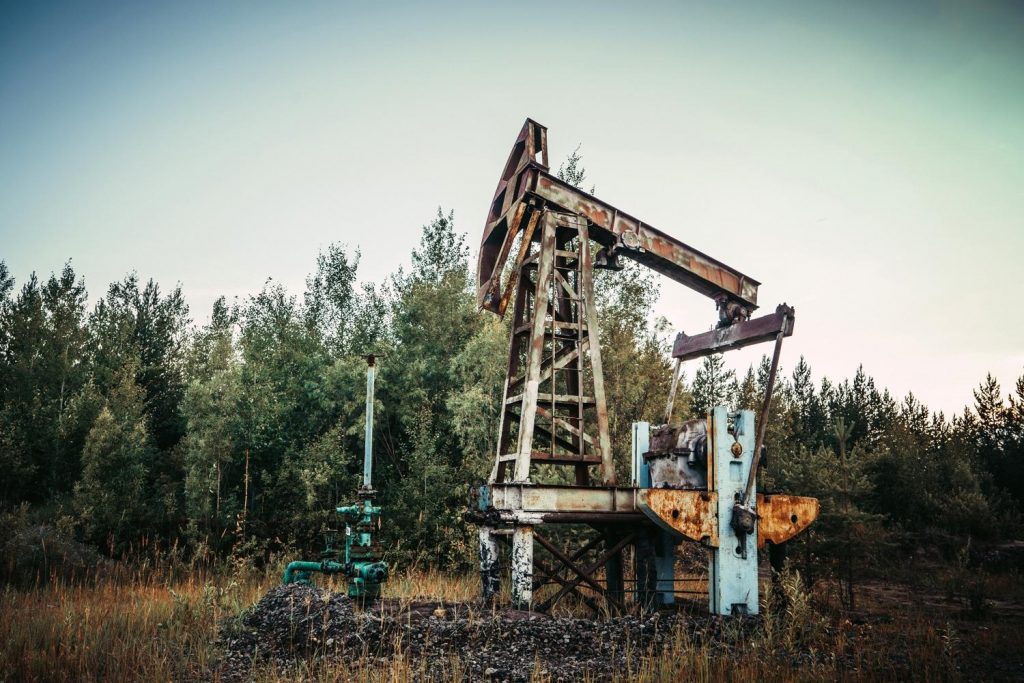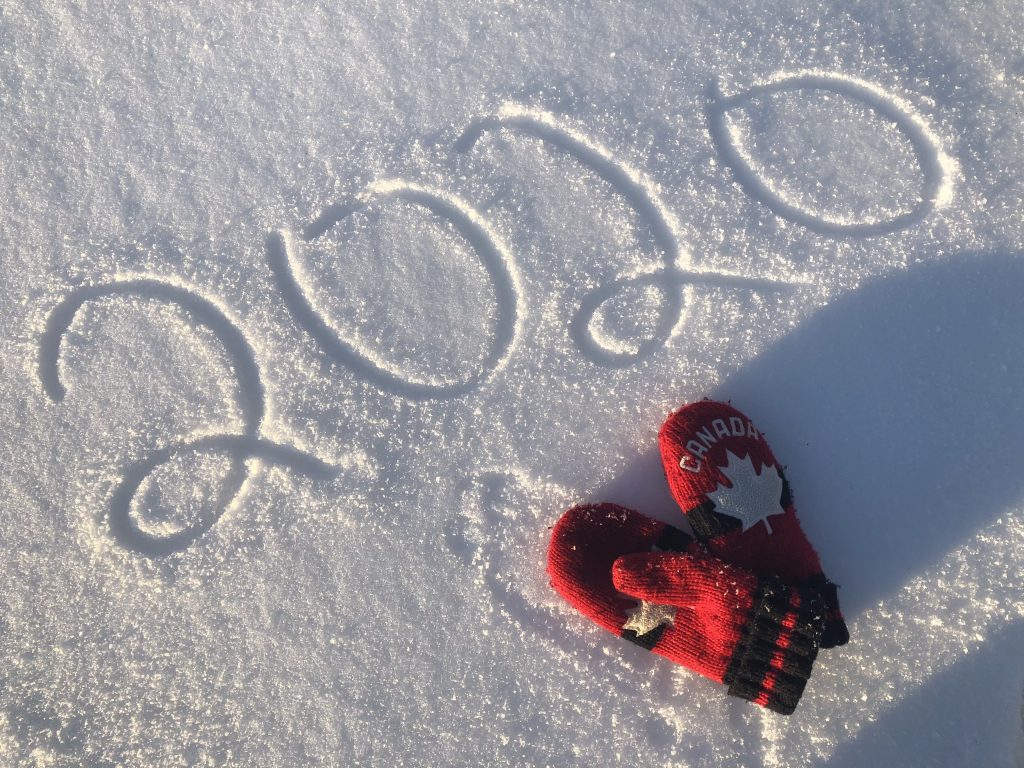It’s one thing to talk about how the Energy East tar sands pipeline would put the drinking water, health, and environment of millions of Canadians at risk. It’s another to meet some of the people who would be devastated by a spill from the proposed pipeline.
Robert van Waarden is a Montreal-based climate photographer. His work has been exhibited around the world including in London’s Trafalgar Square, Ottawa’s Parliament Hill, the United Nations in New York, and Amsterdam’s Royal Gallery. His photographs have been published by National Geographic Traveler, Canadian Geographic and the British Council.
These days Robert is busy working on a fascinating new project, Along the Pipeline. The portrait and storytelling project has Robert travelling the entire route of Energy East, from the tanks in Hardisty, Alberta through Manitoba, Ontario and Quebec to the site of a proposed export terminal in Saint John, New Brunswick.
“The project is about putting a face on Energy East,” Robert says. “I’m using the thread of the pipeline route to connect and discover different voices across Canada and how this project would impact them and their communities.”
TransCanada’s Energy East pipeline would be the biggest pipeline in North America. – even bigger than Keystone XL. It would carry up to 1.1. million barrels a day of tar sands oil through Canada. Nearly all of the oil would be exported unrefined.
For Energy East, TransCanada wants to convert 3,000 km of an aging natural gas pipeline to carry tar sands oil and build new sections of pipeline, the largest would run from eastern Ontario more than 1,400 km across southern Quebec, through New Brunswick to Saint John.
Robert hopes Along the Pipeline will draw attention to the risks of Energy East, its impact on Canadians and First Nations and the land we live on. “I want people to realize the diversity of people and landscape this will impact. A 4,500 km pipeline would run through a lot of backyards and over a lot of key waterways,” he says. “Canada is a beautiful country, full of beautiful people. And shipping dilbit and oil through a pipeline decades old, constructed for natural gas, has a lot of people concerned.”


Energy East would not only put communities at risk of a tar sands oil spill. It would tip us closer to dangerous climate change. Energy East would carry tar sands oil – one of the highest carbon fuels on the planet. The tar sands are the fastest growing source of global warming pollution in Canada. And Energy East would enable global warming emissions equivalent to putting seven million cars on the road.
That’s also what motivates Robert. “I hope the project will raise the conversation around climate change and water protection and how Energy East would impact that. I also hope that we can spark some larger conversations about our direction as a country and how we need to shift paths towards a more sustainable future.”
As he’s travelled across Canada, Robert has had many conversations with people about the risks of the pipeline project. He describes one of the most moving moments he experienced: “I had the honour to sit with Chief Fawn Wapioke from Shoal Lake 39 while her twins were running around the yard and it really hit me. This isn’t about us. This isn’t about the people in these photographs that we are creating. This is about the next generations and providing a safe climate and environment for them to live.”
At Environmental Defence, we believe Canada should choose a different path than irresponsible rapid tar sands expansion, which will damage our water, land, air, communities and climate. We have a choice. We can choose a clean energy economy. We can have a healthy environment and a healthy economy.
Robert agrees. “The constant push for a resource extraction-based economy is unsustainable. I believe that many people in Canada want to see a different future, one that will support future generations, is based on clean energy and living the values that Canadians and First Nations hold.”
In the coming months, we’ll be helping to share some of Robert’s photographs. So stay tuned for updates. In the meantime, follow Robert’s project at alongthepipeline.com or on Twitter @rvanwaarden.
Make your voice heard about Energy East! Live in Ontario? Sign this letter urging the Ontario Energy Board to say no to the Energy East pipeline. Live outside Ontario? Take action here.







